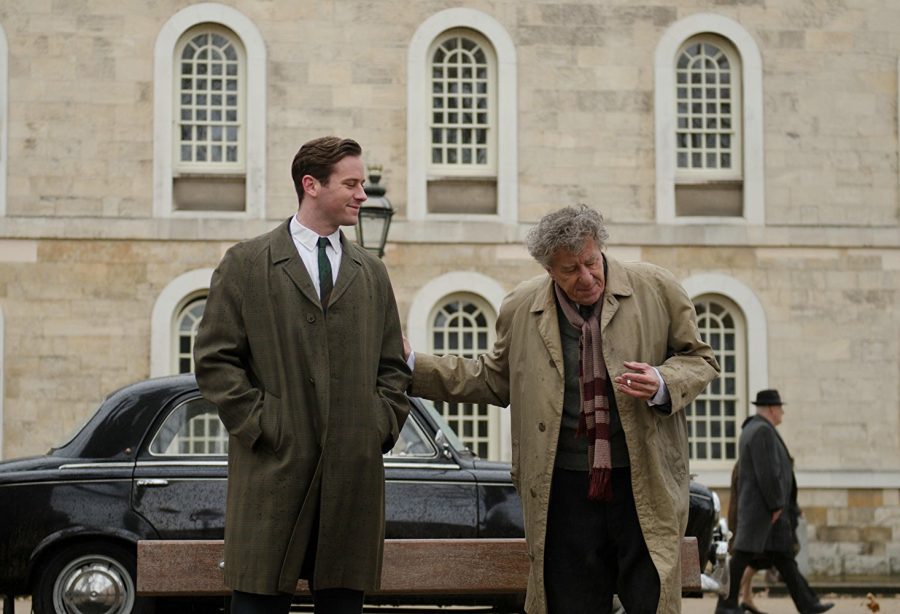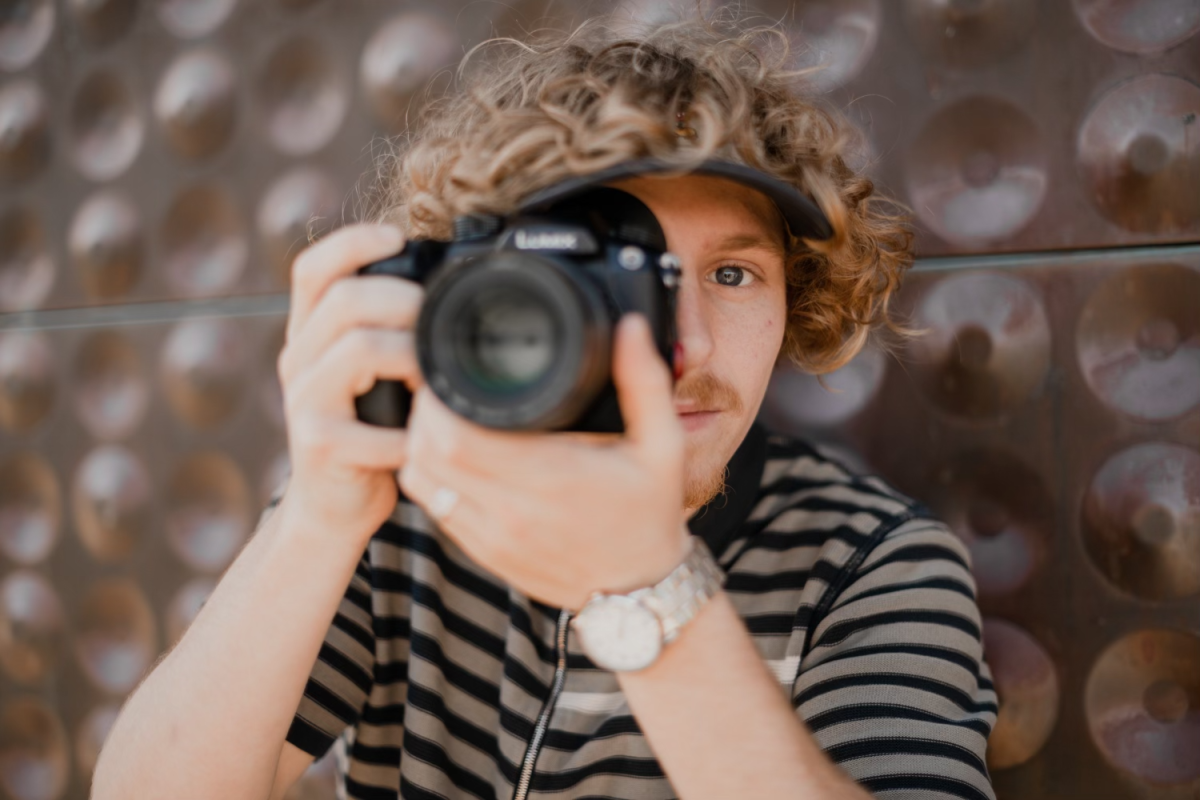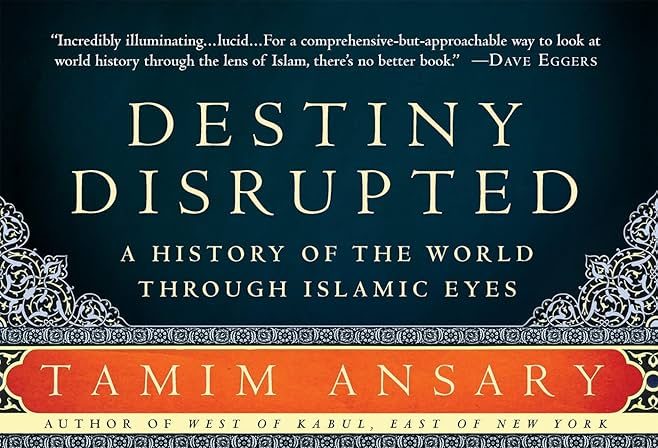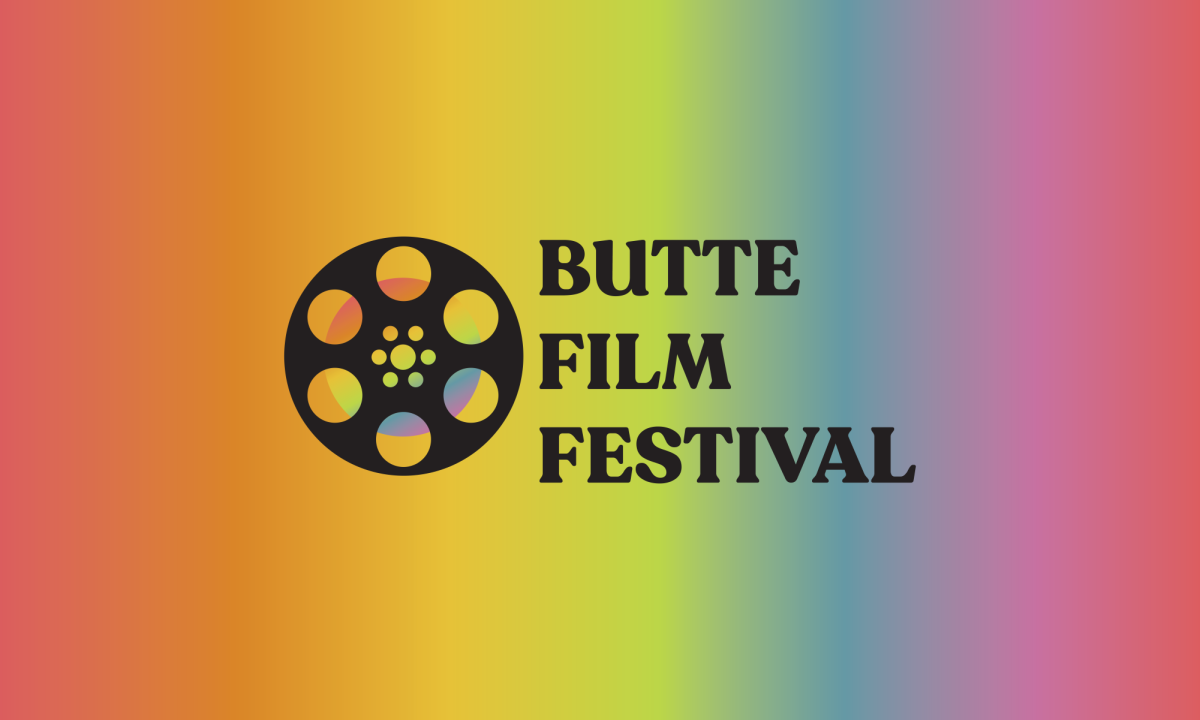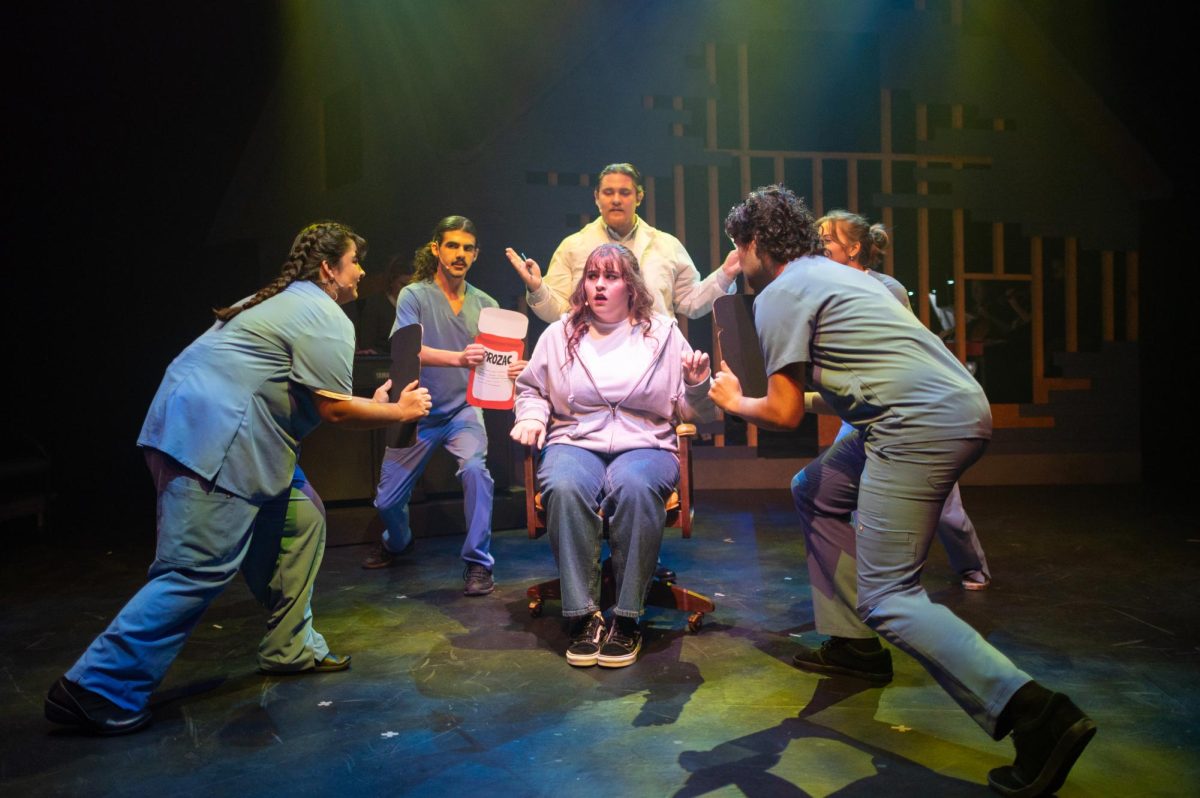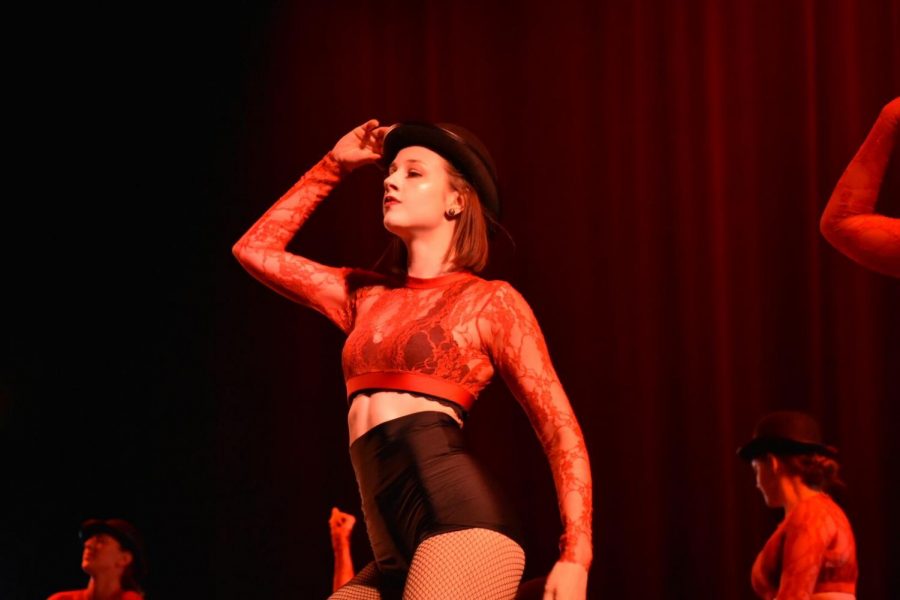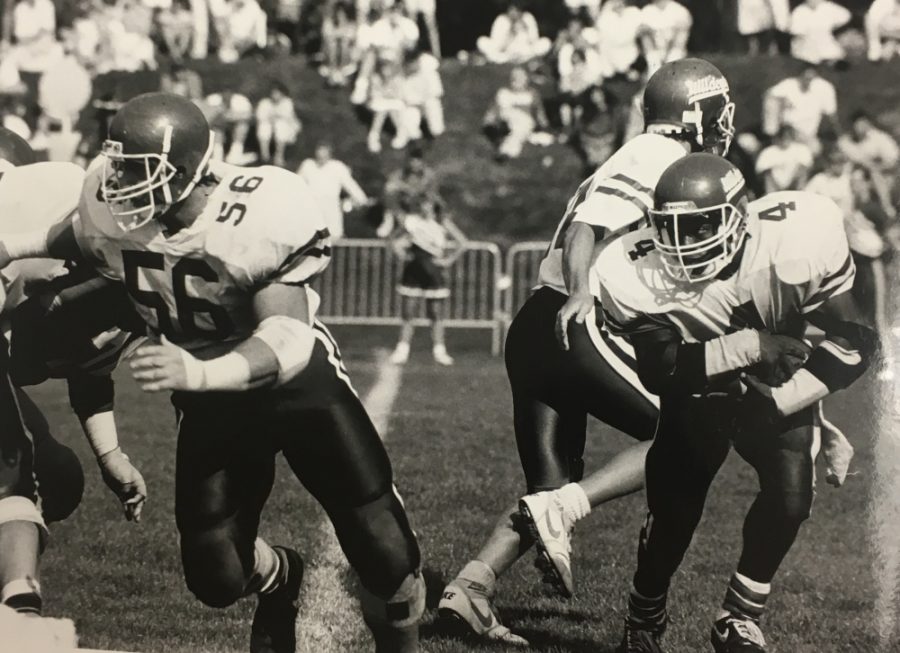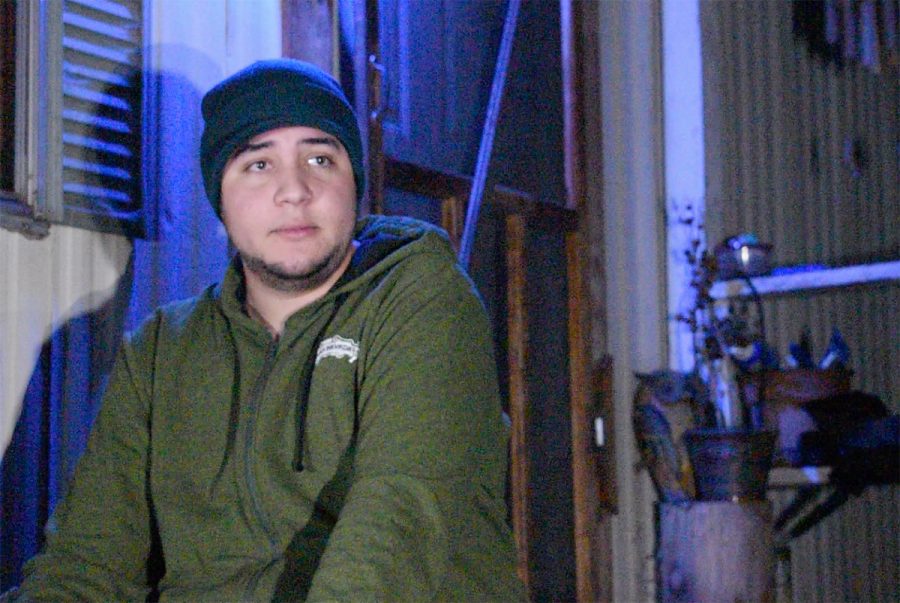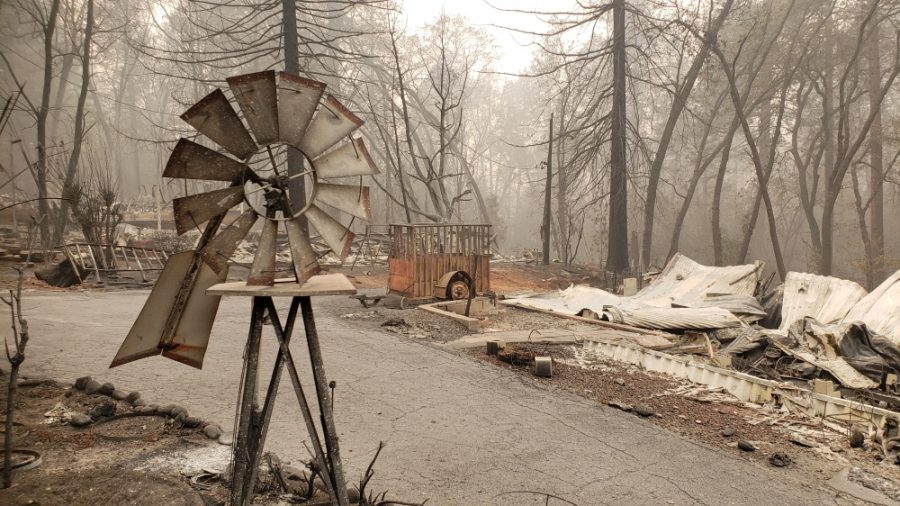“Final Portrait” is clever and witty but falls short from being an excellent biographical film.
Directed by Stanley Tucci, “Final Portrait” follows Alberto Giacometti (Geoffrey Rush), a famous artist who is long past his prime. Before he “retires” from art, Giacometti wants to paint one last portrait. American writer James Lord (Armie Hammer) sits as Giacometti’s model for his final portrait. In the process, the two form a friendship and Lord discovers the chaos of Giacometti’s artistic process.
The main standouts from this film are Hammer’s and Rush’s performances. The two had great on-screen chemistry.
Hammer is probably best known for his performance in “Call Me by Your Name” (2017) and has shown that he is an actor who knows how to cleverly deliver on on-screen appurtenance.
Rush, best known for starring in the “Pirates of the Caribbean” franchise and in the award-winning “The King’s Speech” (2010). Rush has great range and can play a comedic role just as well as a sincere one. This talent is demonstrated in his portrayal of renowned artist Giacometti.
Hammer and Rush as Lord and Giacometti were a great on-screen duo. The two actors were able to bring both sincerity and a sense of humors in their respective characters.
The writing and dialogue for Lord and Giacometti was also well-written. Though this film is a biographical drama, it did have its fair share of comedy entwined into the script which I feel complimented the film very well.
The delivery of one-liners and snide remarks by Hammer and Rush were executed exceptionally well and created some very witty and entertaining screens.
However, where this film begins to fall off is the overall flow of the narrative.
The film is littered with many long takes and unnecessary breaks of dialogue. Long takes are not a bad technique to use in a film. In fact, they can used effectively as well as with other techniques to accentuate a character’s emotions or to emphasize the significance of a certain shot, among other reasons.
With “Final Portrait,” though, that is not the case. There is a severe overuse of long takes while Giacometti is painting Lord’s portrait, which is one reason the narrative feels very dragged out.
In the film, Giacometti is constantly frustrated because he is unsatisfied with his work and always restarts his portrait. I don’t know if Tucci decided to drag the narrative of the film to replicate Giacometti’s sense of frustration with the audience.
If that was his intention, it worked. The film was only an hour and a half, but it felt so much longer because the narrative did not flow well at all.
“Final Portrait” has a lot of redeemable traits and potential to become a greater biographical film. However, its shortcomings prevented the film from being its true best.
Rating: 3/5 Stars
Angel Ortega can be reached at [email protected] or @theorion_arts on Twitter.



